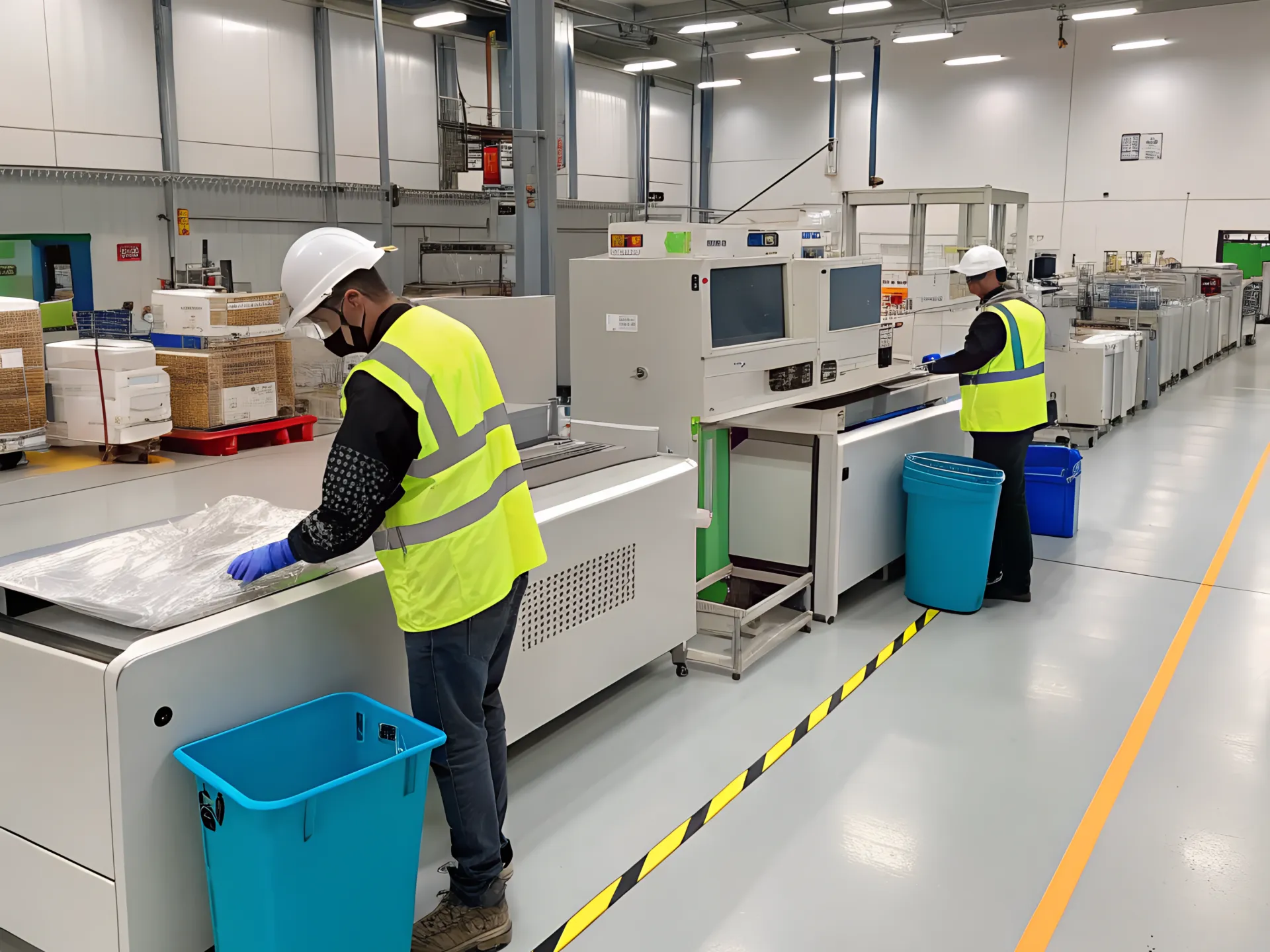Ekspanderet polystyren (EPS) skum, der almindeligvis anvendes i emballage og isolering, giver betydelige genanvendelsesudfordringer på grund af dets lette og omfangsrige natur. Nylige fremskridt inden for EPS-genbrugsmaskiner tager fat på disse problemer, forbedrer affaldshåndteringseffektiviteten og fremmer bæredygtighed.
1. Avancerede sorteringsteknologier:
Moderne EPS-genbrugsmaskiner inkorporerer nu højeffektive knusemekanismer designet til at nedbryde EPS-materialer i mindre, håndterbare stykker. Denne funktion sikrer optimal behandling af EPS-affald og maksimerer genbrugsoutput.
2. Innovationer til kemisk genbrug:
Udviklingen inden for kemisk genbrug muliggør nedbrydning af skummaterialer til deres grundlæggende kemiske komponenter. Denne proces kan derefter bruges til at lave nyt skum eller andre plastprodukter uden forringelse af kvaliteten. Denne metode er især nyttig til håndtering af blandet eller forurenet skumaffald, og giver en løsning til materialer, der tidligere var svære at genbruge mekanisk.
3. Forbedringer af mekanisk genbrug:
EPS genbrugsmaskiner bruges ofte til at genbruge EPS-emballagematerialer, såsom skumemballage, der bruges til forsendelse af skrøbelige genstande. Ved at genbruge EPS-emballageaffald hjælper disse maskiner med at reducere miljøpåvirkningen af emballagematerialer og fremme bæredygtig emballagepraksis.
4. Bæredygtige materialealternativer:
Innovationer omfatter også udvikling af biologisk nedbrydelige skumalternativer. Nogle virksomheder producerer nu skum fra madaffald eller andre biologisk nedbrydelige materialer. Disse skum nedbrydes naturligt, hvilket reducerer langsigtet miljøpåvirkning.
5. Affald-til-energi og termiske processer:
Selvom det ikke genbruges i traditionel forstand, er omdannelse af skumaffald til energi gennem pyrolyse eller andre termiske nedbrydningsprocesser blevet forbedret. Disse teknologier kan omdanne skumaffald til syngas, som kan bruges som brændstof, og derved udvinde værdi fra det, der ville have været affald.
6. Internet of Things (IoT) og Smart Waste Management:
Internet of Things (IoT) har skabt smarte skraldespande og overvågningssystemer, der optimerer indsamlings- og sorteringsprocesser. Sensorer i skraldespande kan registrere, hvornår de er fyldte, eller når bestemte typer affald, såsom skum, deponeres, hvilket hjælper med at planlægge indsamlinger og sortering ved kilden, hvilket gør hele genbrugsprocessen mere dynamisk og mindre spild.
7. Økonomisk og markedsudvikling:
Markedet for genbrugsskum vokser, drevet af forbrugernes efterspørgsel efter bæredygtige produkter. Innovationer omfatter maskiner som EPE-komprimatoren, der ikke kun genbruger, men komprimerer skum, hvilket gør opbevaring og transport mere effektiv. Dette økonomiske incitament tilskynder flere virksomheder til at investere i genbrugsteknologier.
Disse fremskridt inden for EPS-genbrugsmaskiner er afgørende for at ændre affaldshåndteringspraksis. Ved at øge effektiviteten og bæredygtigheden bidrager de væsentligt til miljøbevarelse og ressourceoptimering.



